Look Book Issue 3 | Be Well 20/20 | Mind

BIOPHILIA IN DESIGN
BIOPHILIA: a hypothetical human tendency to interact or be closely associated with other forms of life in nature: a desire or tendency to commune with nature
Take a moment and think about the last time you enjoyed a hike through a forest, was captivated by the colorful layers of the rising and setting sun, or found yourself absorbed in resonating sound of crashing waves on a beach. How did you feel in that moment? Calm, present, rejuvenated? These are the inherent qualities of nature and how it has such a powerful effect on its audience. It’s only natural, and no wonder, that having a direct connection with nature creates a positive effect on our minds and bodies. So how are we ensuring these elements are integrated into our architectural environments? Biophilic Design.
The topic of Biophilia continues to find its way into conversations, lectures and articles, touting the values of associating forms of nature into our immediate surroundings through architectural materials, furniture and artwork. Employees are overwhelmed with the constant grind of daily tasks. Why not relieve some of that tension? Through simple design elements biophilic design can be very beneficial to its user’s mental health. Research has proven that providing areas of restoration and relaxation that has access to nature, plants and light can relieve mental fatigue and stress.
Try incorporating specific design elements in your workplace that evokes a memory or experience in nature, whether its’ a timber side table, branch like sculptures, a photograph of an endless landscape or flooring that creates the illusions of walking on water. Below are examples of biophilic inspired products, that can easily bring a natural vibe to any space.
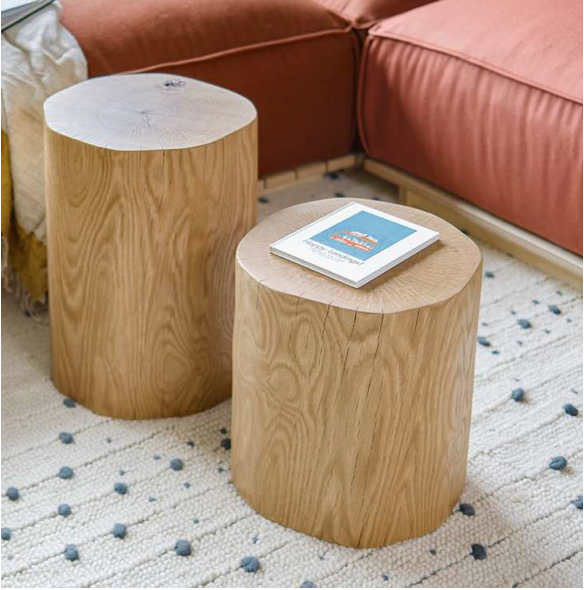 |
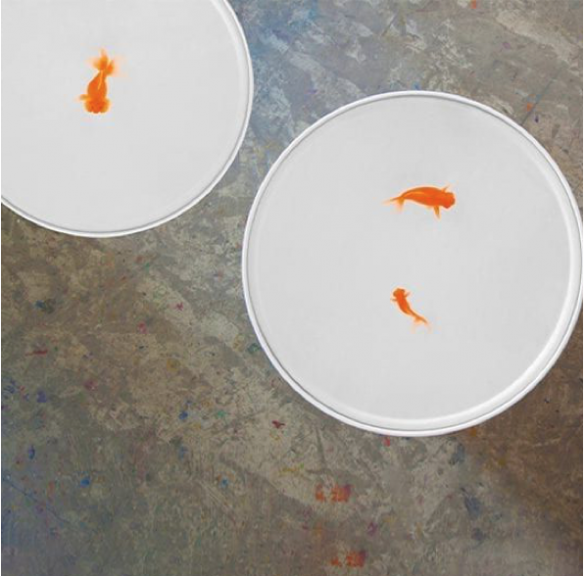 |
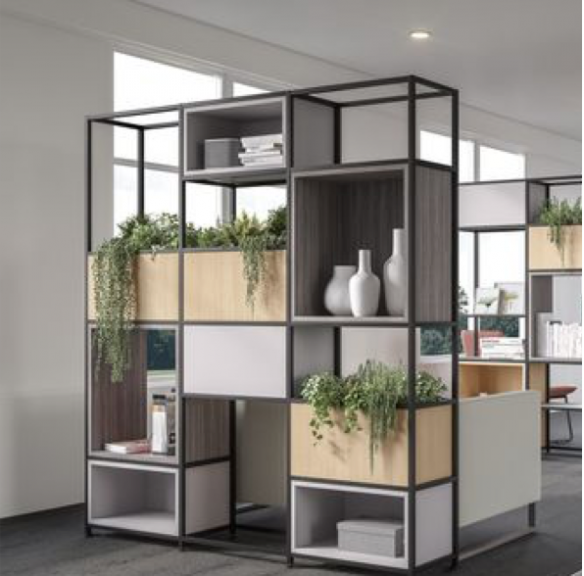 |
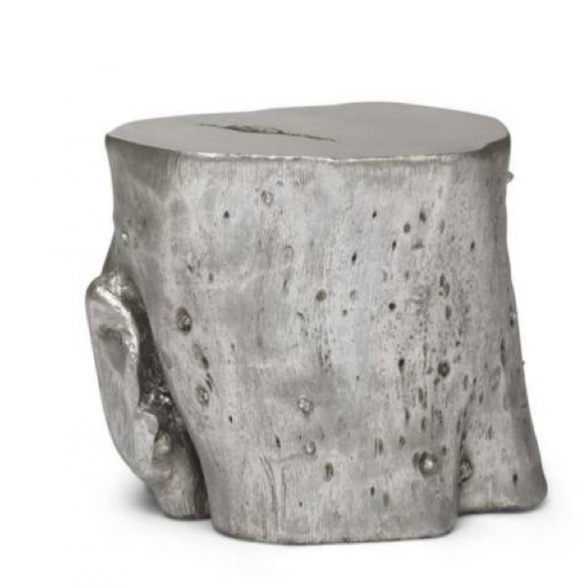 |
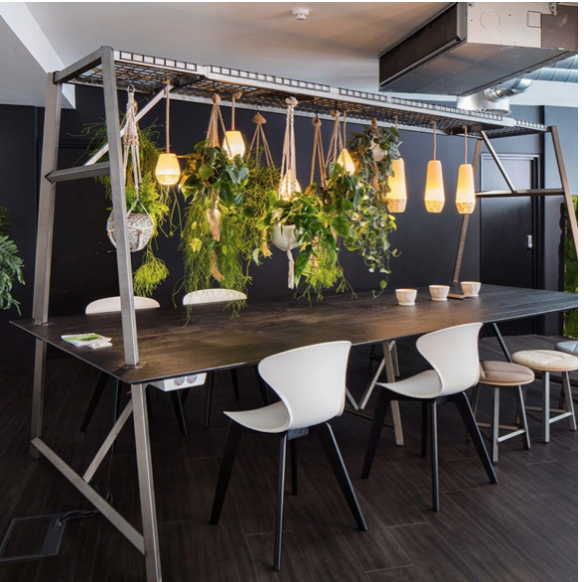 |
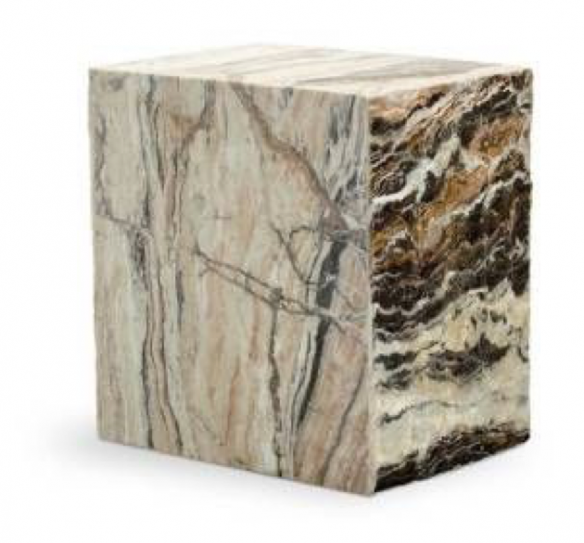 |
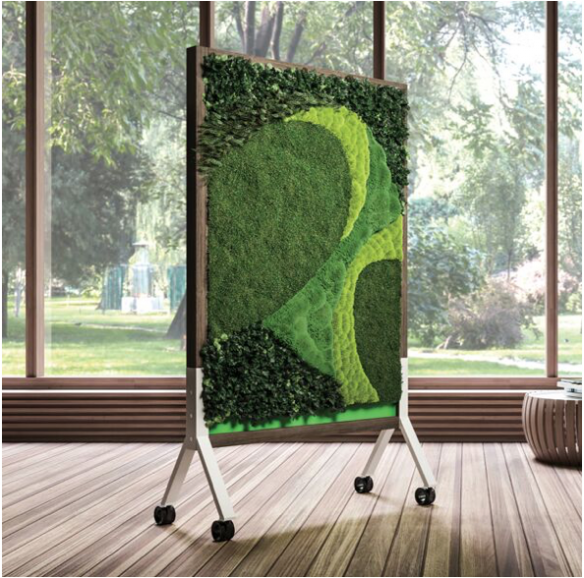 |
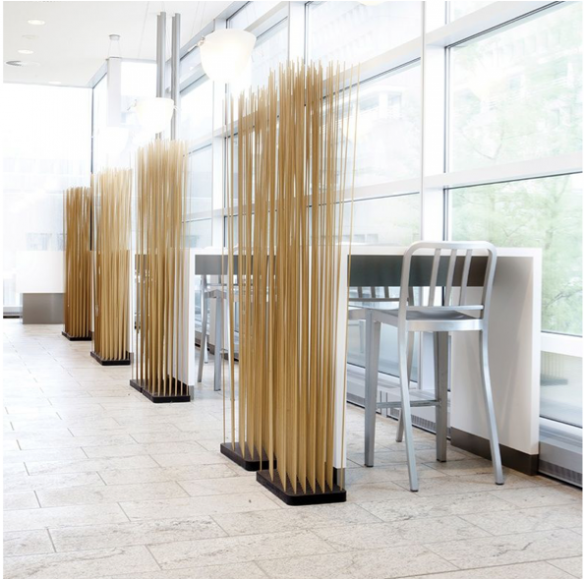 |
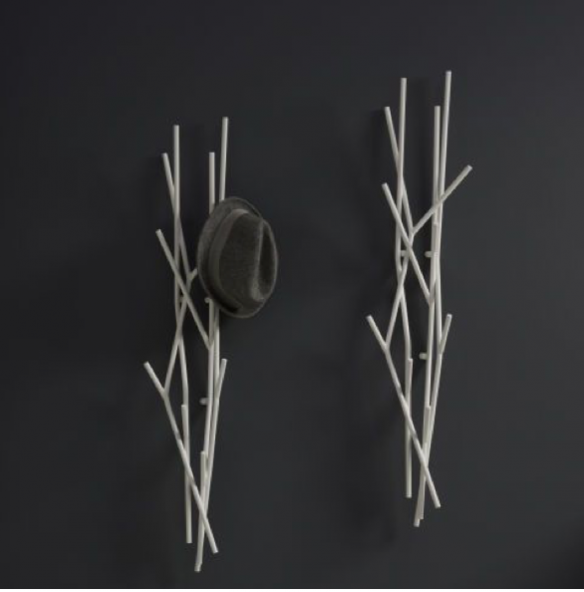 |
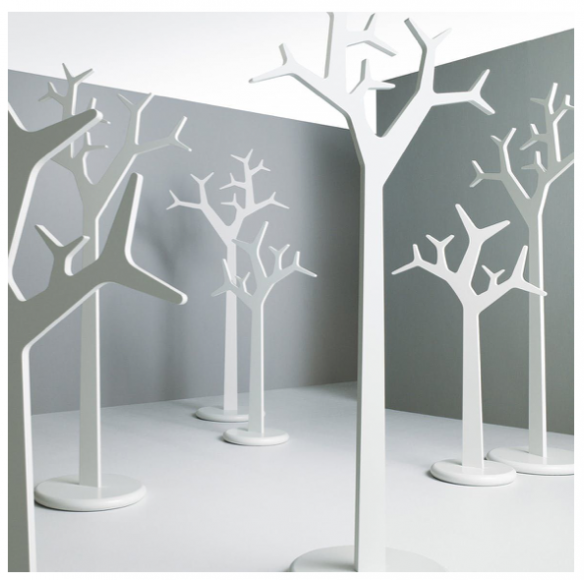 |
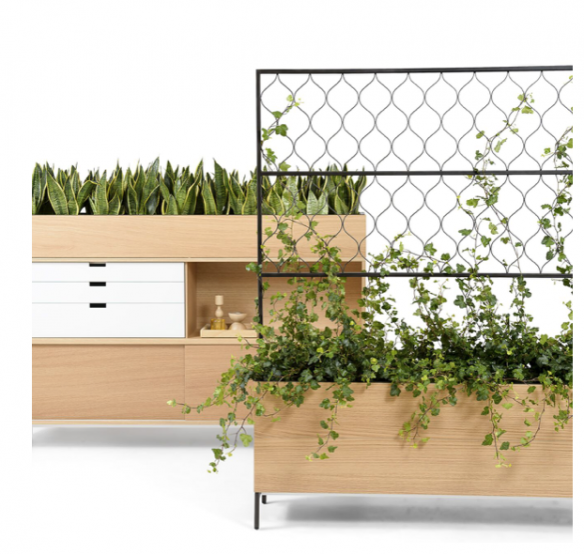 |
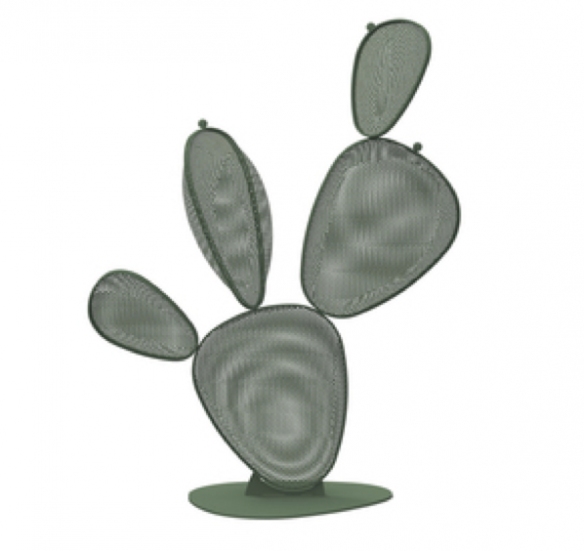 |
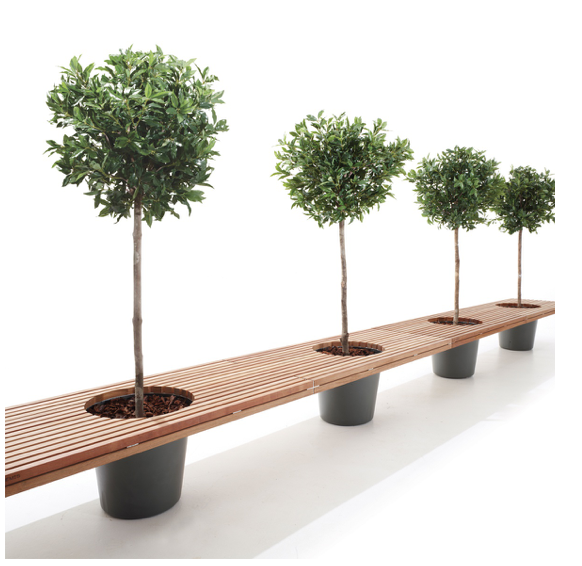 |
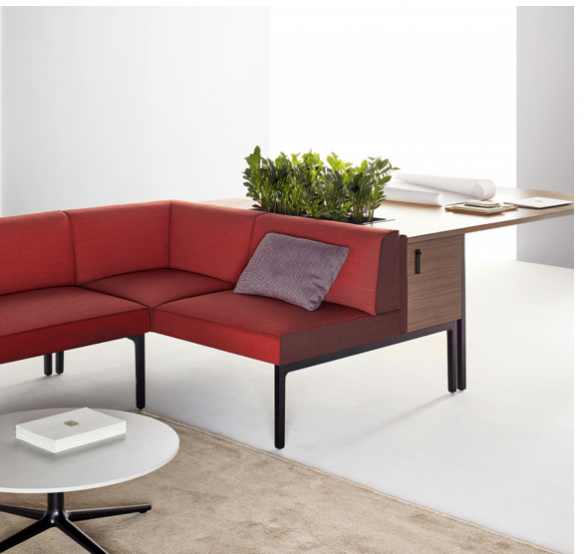 |
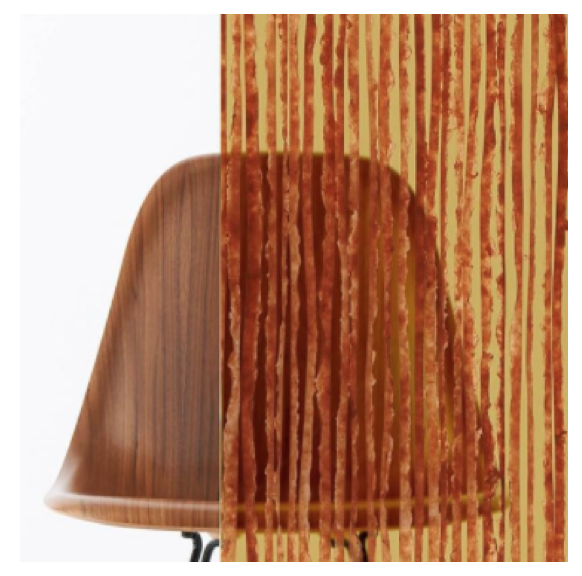 |
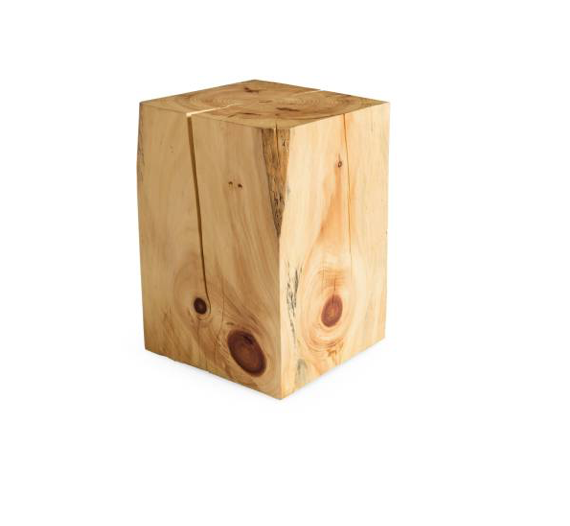 |
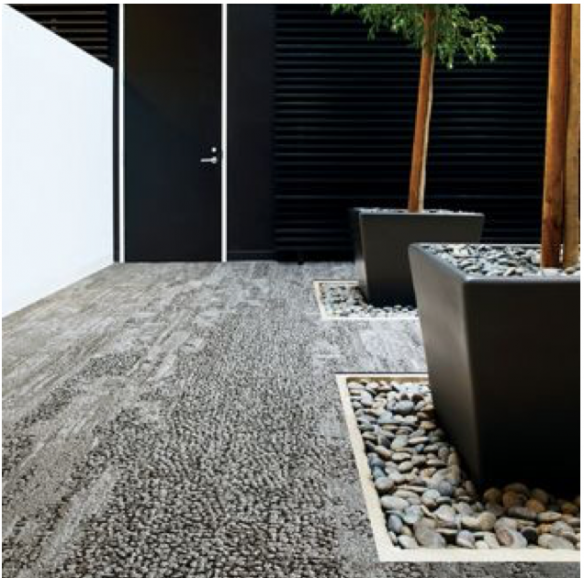 |
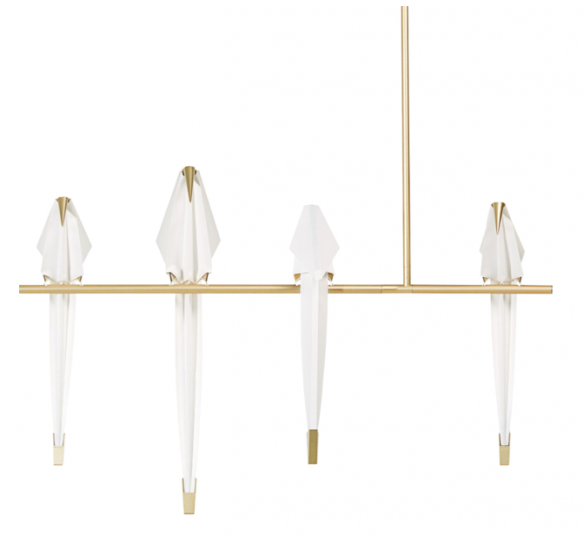 |
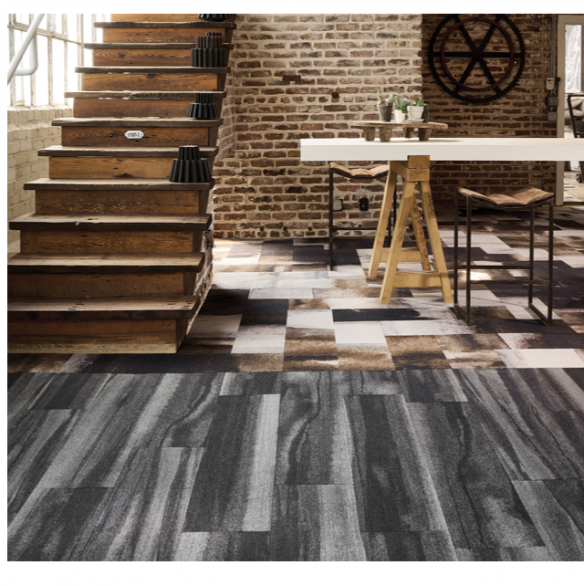 |
 |
“Biophilic design encourages me, as a designer, to be more aware of the environment within a project and inspires me to apply a new layer of wellbeing for the users in a space. We find frequent nods to biophilia through the finish palette and architectural backgrounds in various projects we’ve collaborated on with A+D firms, which creates a great baseline to expand on with loose product. I feel biophilic design will become more prominent after our time working from home and as we return to the office. At this moment, people appear to value the ability to open windows, taking walks outside, and work from their porch at times. This biophilic idea for our connection to nature inside the workplace will continue to grow in conversation as we find ways to boost comfort and morale for employees.” – Katie Parker, Senior Designer, Scott Rice
“I typically incorporate biophilic accents to enhance my design renderings, with a hope that clients will become visually inspired and choose to include it into their new space, whether it’s through artwork, plants, or even just views to the outdoors. This opens up the conversation on the benefits through biophilic design. It can start to add a sense of balance, transitioning the outdoors into an office space, especially when you don’t have direct access to windows throughout the day. Artificial or not, biophilia can also ground us and bring calmness to a space. If you’re able to incorporate biophilic elements, like living plants, you get the added benefits of a natural way to purify the air around you.” – Miranda Walz, Designer, Scott Rice
“I find it fascinating that biophilic design is not only an aesthetic or functional discipline, but a way to improve one’s mental and physical well-being. As designers we can get distracted by the aesthetic, daily function, and the budget for a project, but improving one’s mental and physical well-being should always be at the forefront of our minds.” – Amanda Walters, Designer, Scott Rice
She also continues, “Having conversations and Informing clients about what biophilic design is and how it can benefit their employees is the first step. Clients want their designs to improve productivity and benefit the employee’s wellness. Many hear biophilic design and simply think planters everywhere, but it is much more than that. Biophilic design can use plants creatively to inform wayfinding, space division, sound barriers, and simply a mental relief for those working or passing thru a space. I’ve recently used it to create barriers between study spaces in higher education, a feature wall in a lobby space, and as wall art. Carpet and wallcovering manufacturers are also releasing patterns inspired by biophilic design. Using these patterns in a space allows designers to create environments that are influenced by nature, which is important since we spend about 90% of our time indoors.”
“Nature is essential for one’s well-being which is why designers are realizing it is necessary to incorporate biophilic design into interior environments. It has proven to reduce stress, improve air quality, increase productivity and creativity, and jump start the healing process for those in healthcare environments. Without biophilic design and natural light in general, users tend to develop mental health issues, stress, lack of motivation, and a variety of other health issues that impact their performance at work and overall quality of life.” – Amanda Walters, Designer, Scott Rice
